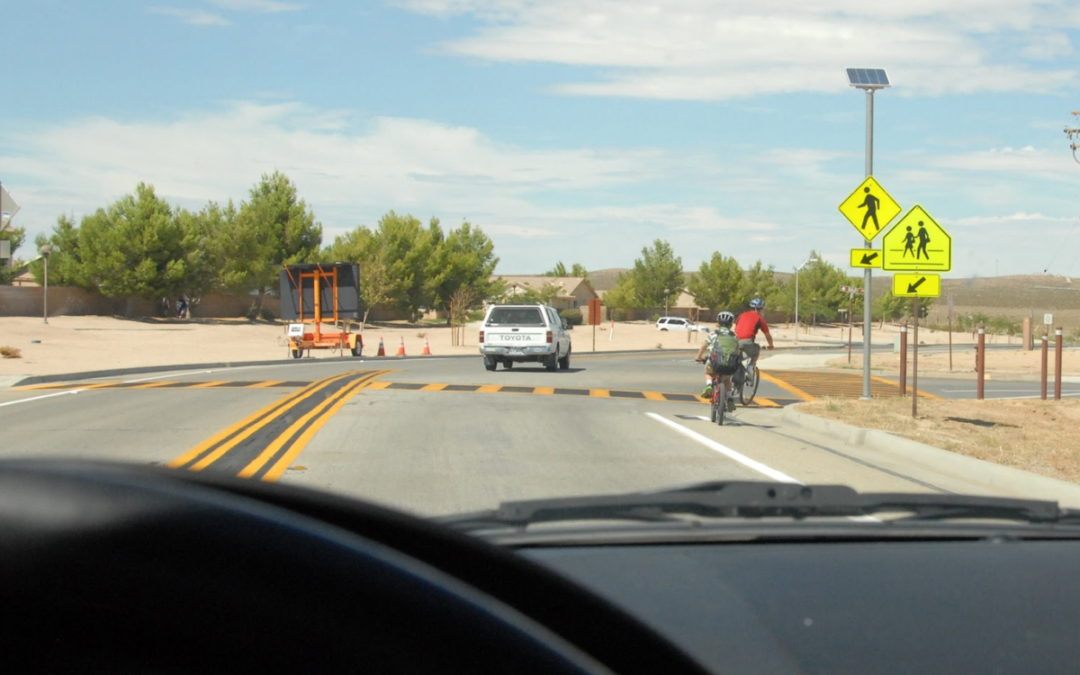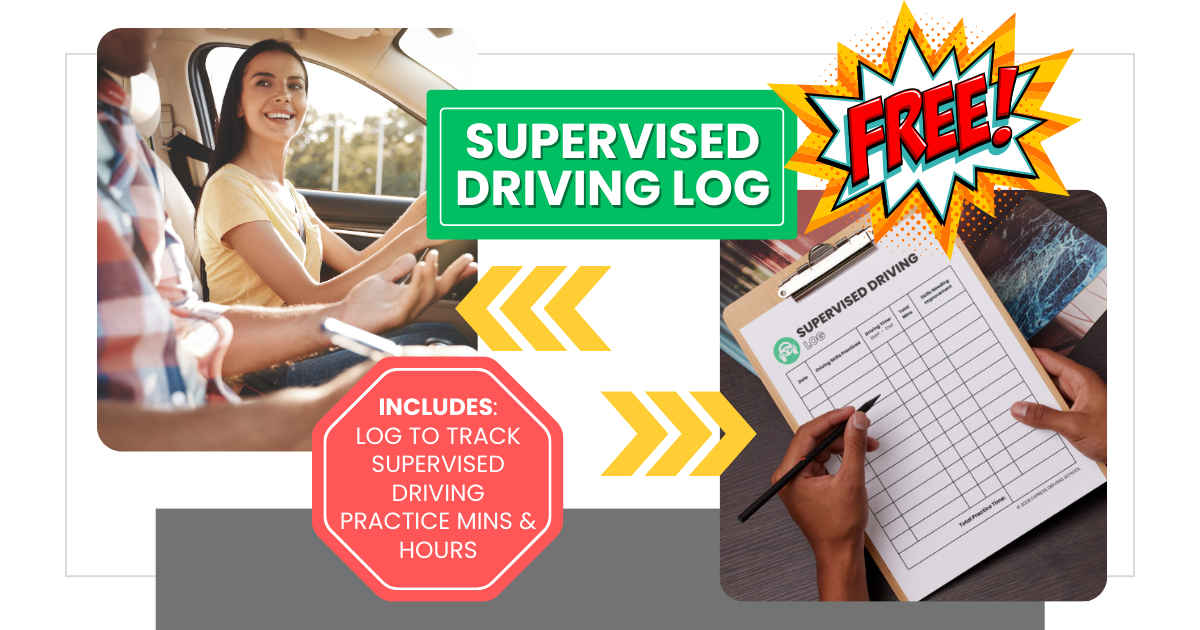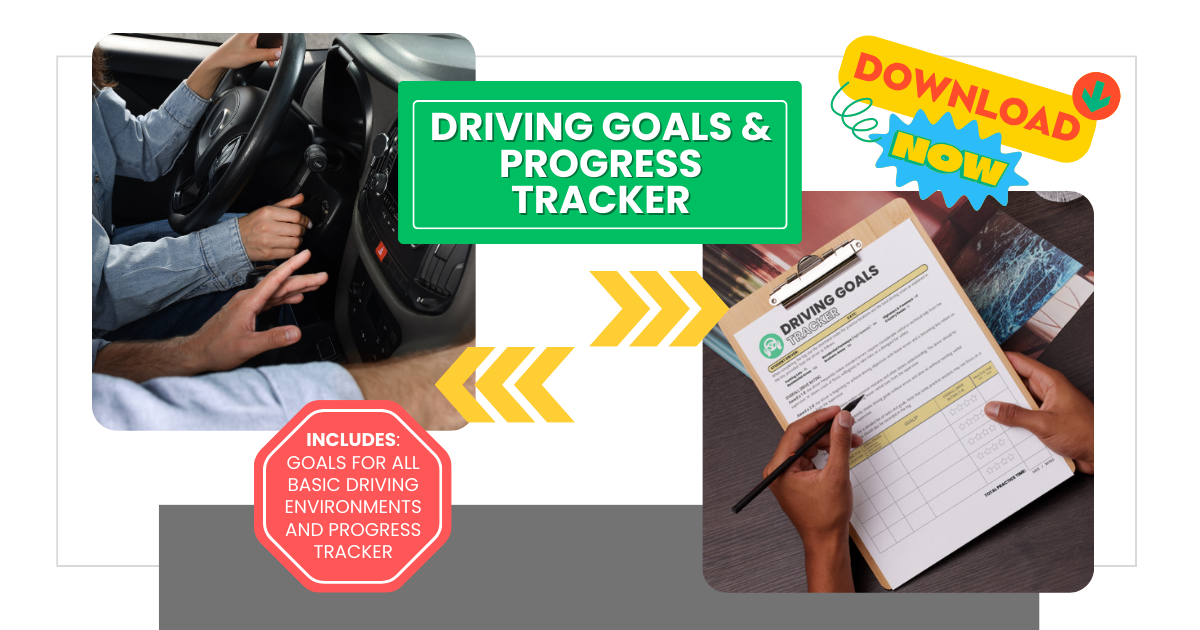Scanning and Hazard Detection | RESIDENTIAL AREAS
| Driving Lessons |
Navigating through residential areas can be a challenging task for new drivers, who must learn to scan and react to potential hazards with sufficient time to ensure safety. This critical skill, often second nature to experienced drivers, requires deliberate practice for those new to the road. In this guide, we’ll explore how you can use your driving experience to coach new drivers on effectively scanning and detecting hazards, thereby enhancing their driving safety and confidence.
Goal for Scanning and Hazard Detection
To equip new drivers with the ability to effectively scan and detect potential hazards in residential areas, ensuring safer driving practices.
The Learning Environment
Look for a quiet residential neighborhood with very little traffic and few parked cars, pedestrians, lane markings, and intersections. Schedule practice during the day with dry pavement and no adverse weather.
Materials Needed
The Supervised Driving Log (Optional): Although it was originally created for California Teens Learning to Drive, this FREE and COMPLEMENTARY driving log is an essential tool for all new drivers. Keeping a driving log is great for tracking how you’re doing, finding what you need to get better at, and feeling good about your wins. It helps you learn in an organized way, focusing on key skills to make you a better driver faster. This careful tracking builds confidence and speeds up your path to driving well.
The Importance of Scanning and Hazard Detection
For new drivers, developing the ability to scan the road ahead and their entire field of view is crucial. This isn’t just about looking straight ahead; it’s about being aware of what’s happening all around the vehicle. Experienced drivers do this almost automatically, constantly monitoring for any potential dangers. However, new drivers must learn to consciously apply this practice, ensuring they’re prepared to react to any unforeseen hazards.
ACTIVITY
- Commence with a Commentary Drive: Start by taking the new driver on a route, offering commentary on potential hazards as they appear. This initial step helps them understand what to look for and where to direct their attention while on the road.
- Practice Makes Perfect: After discussing and demonstrating, it’s time for the new driver to take the wheel. This is the perfect opportunity for them to start practicing hazard scanning under your guidance. Before setting off, remind them to adjust their mirrors, fasten their seatbelt, and ensure they’re comfortable with the vehicle’s controls.
- Encourage Active Participation: Once the new driver feels comfortable with scanning, have them verbalize the potential hazards they identify and discuss how these observations affect their driving decisions. This active participation reinforces their learning and helps build their confidence.
Common Hazards in Residential Areas
New drivers need to be vigilant of various potential hazards that are commonly encountered in residential areas, including:
- Other vehicles: Always anticipate the unexpected, especially from cars exiting hidden driveways or those stopped just over a hill.
- Pedestrians: Be particularly cautious of individuals who may be distracted by cell phones or wearing headphones, as well as children chasing after balls into the street.
- Animals: Dogs off their leashes or wildlife can suddenly enter the road, posing a risk to both the animal and driver.
- Road Debris: Items like branches after a storm can create obstacles that require quick maneuvering.
Avoiding Common Errors
While practicing, it’s essential to watch out for two prevalent errors among new drivers:
- Failing to Properly Check Blind Spots: New drivers might forget to turn their head to check for hazards before turning. It’s crucial to always look in the direction you plan to move.
- Overlooking Pedestrians: Many accidents occur because drivers focus only on other vehicles, missing pedestrians who have entered crosswalks. Teach new drivers the “left-right-left” rule to mitigate this risk.
When the New Driver is Proficient
A learner demonstrates proficiency when they can predict and verbalize potential hazards before they occur, adjust driving based on their observations, and maintain awareness of their surroundings. Proficiency is evident when they independently check blind spots and give pedestrians priority, showing they have internalized the importance of comprehensive scanning and hazard detection. Mastery is further confirmed by their ability to navigate residential areas safely, recognizing common hazards like other vehicles, pedestrians, animals, and road debris, and avoiding common errors without prompting.
Use a progress tracker to keep track of skills that have been mastered and those that still need practice or improvement. Express Driving School proudly offers a Driving Skills and Goals Progress Tracker to help student drivers and their driving coaches with assessments and evaluations by providing a rating scale that is simple and easy to use.
Scanning and Hazard Detection
Teaching new drivers about hazard detection in residential areas is a vital part of their journey to becoming safe, competent drivers. It’s a skill that undoubtedly improves with experience but starting with a solid foundation of knowledge and practice will set them on the right path. Encourage your new driver to keep practicing their scanning and hazard detection skills; with time and patience, it will become second nature to them, just as it is for seasoned drivers.
Drive with Confidence!
Keep up with all the latest driving news. Expolre our blog packed with essential tips and expert advice on all things related to DRIVING!






